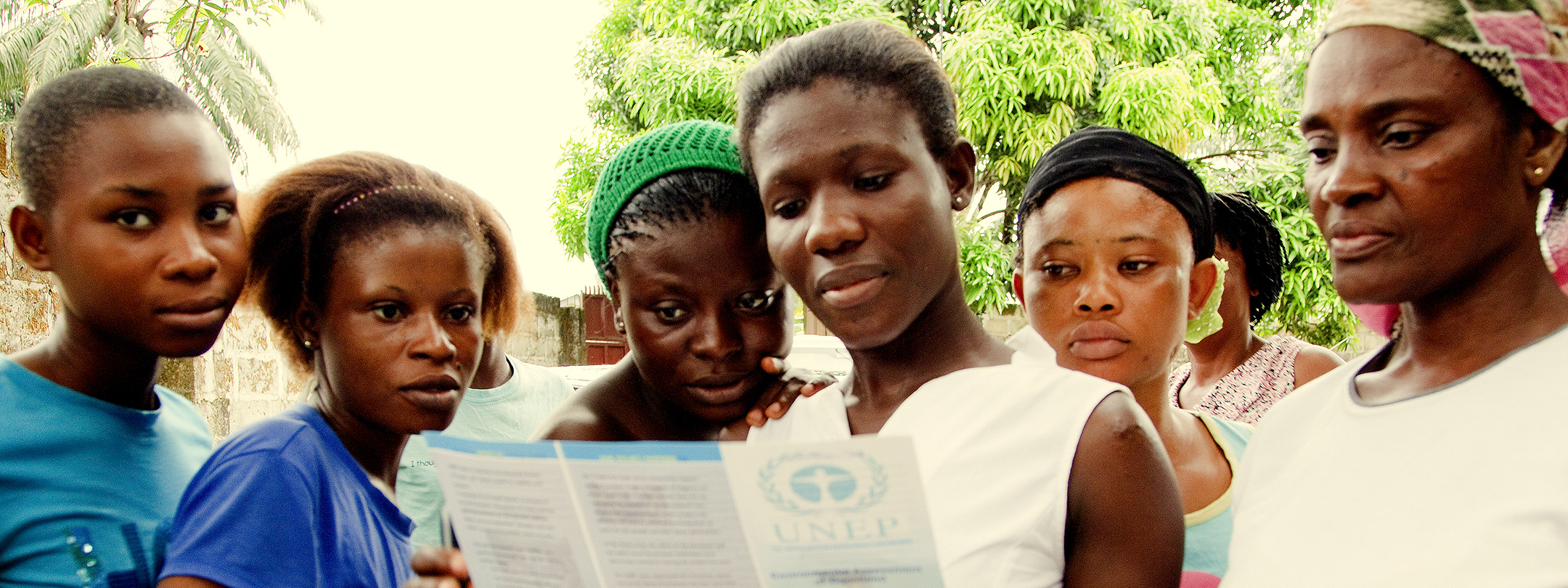Making Cities in Conflict Areas More Resilient: A Conceptual Iteration: Using the Climate Resilience and Security Monitor for Policies in Practice
Publisher: Netherlands Institute of International Relations (Clingendael) and Center for Climate and Security
Author(s): Michel Rademaker, Karlijn Jans, Paul Verhagen, Aster Boeschoten, Hannes Roos, and Stephan Slingerland
Date: 2018
Topics: Assessment, Climate Change, Conflict Causes, Governance, Monitoring and Evaluation
Countries: Iraq, Mali, Nigeria
By 2050, the UN estimates that 70 percent of the global population will be living in urban areas. Therefore, understanding and anticipating the ability of cities to manage and avoid the negative effects of climate-related changes and events – for example, hurricanes, overpopulation or supply chain disruption – is of utmost importance. This paper presents a conceptual framework to empirically quantify the climate resilience of cities to guide policy makers and community leaders in identifying challenges and opportunities. This paper introduces the concept of urban resilience. This should be understood as a continuous process with three dimensions: maintaining – the ability of an urban area to endure the effects of an event and maintain the normal functioning of the urban environment; recovering – the speed at which an urban area is able to restore the normal functions of the urban environment and return to its pre-event state; learning – the ability to translate lessons learned from past experiences into actionable policy making and to implement those policies. Each dimension of urban resilience is divided into critical functions that a city should ideally provide in order to be resilient. For each of these functions, corresponding indicators measure the degree to which the capacity is mature. With this information, this paper introduces a first conceptual iteration of a Climate Resilience and Security Monitor that could be used by policy makers and urban planners. On the basis of the research, some important observations and recommendations are made. When tested, the analysis revealed that the level of resilience did not necessarily correspond to economic development; it also found that conflict significantly lowered overall urban resilience to climate-related impacts. Large sprawling cities typically score poorly on maintaining resilience. While recovery and learning capacities are usually present in urban areas, very dense urban areas are particularly vulnerable to climate disasters. Cities in the global north have built learning capacity; they have made efforts to share best practices (e.g., the Rockefeller Foundation’s Resilience initiative, efforts by UN CPI and CRI, etc); and they have considered the lessons learned and implemented guidance. Those efforts should be continued and strengthened.
